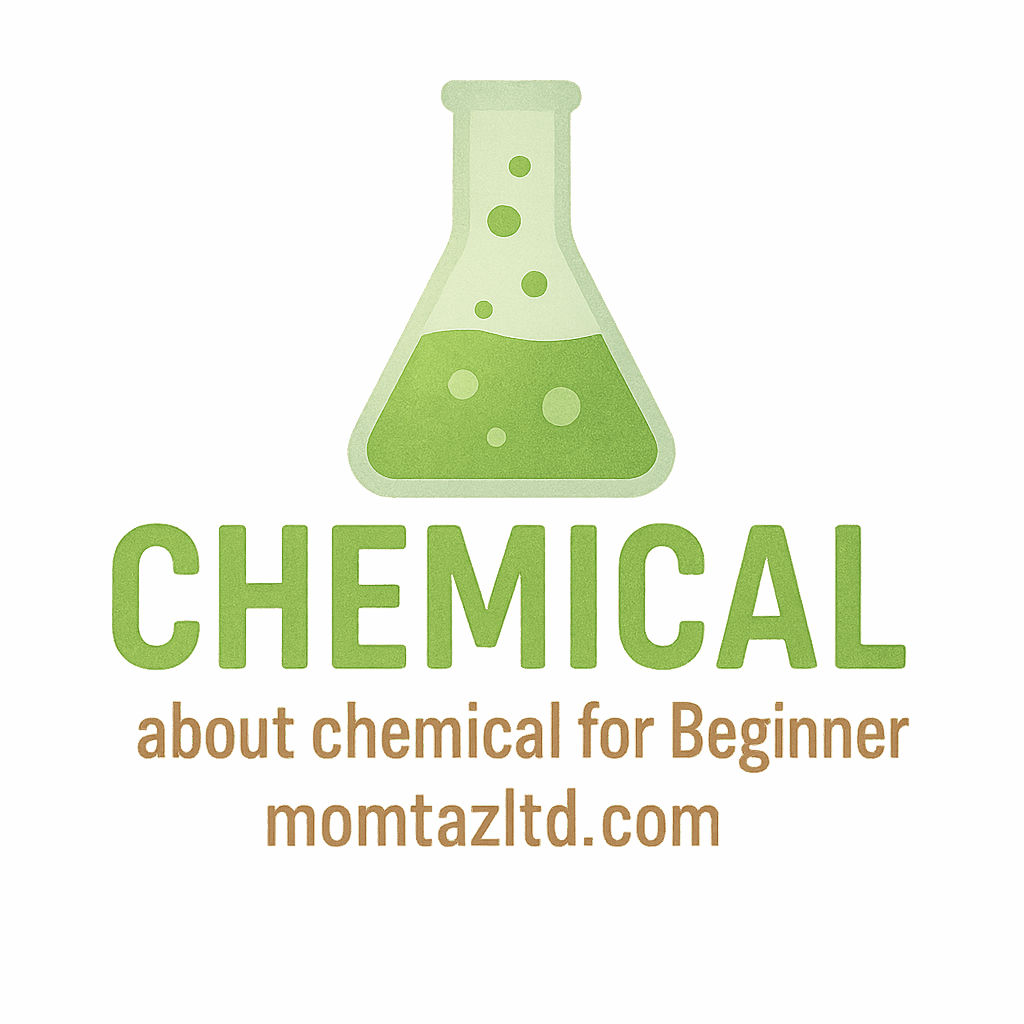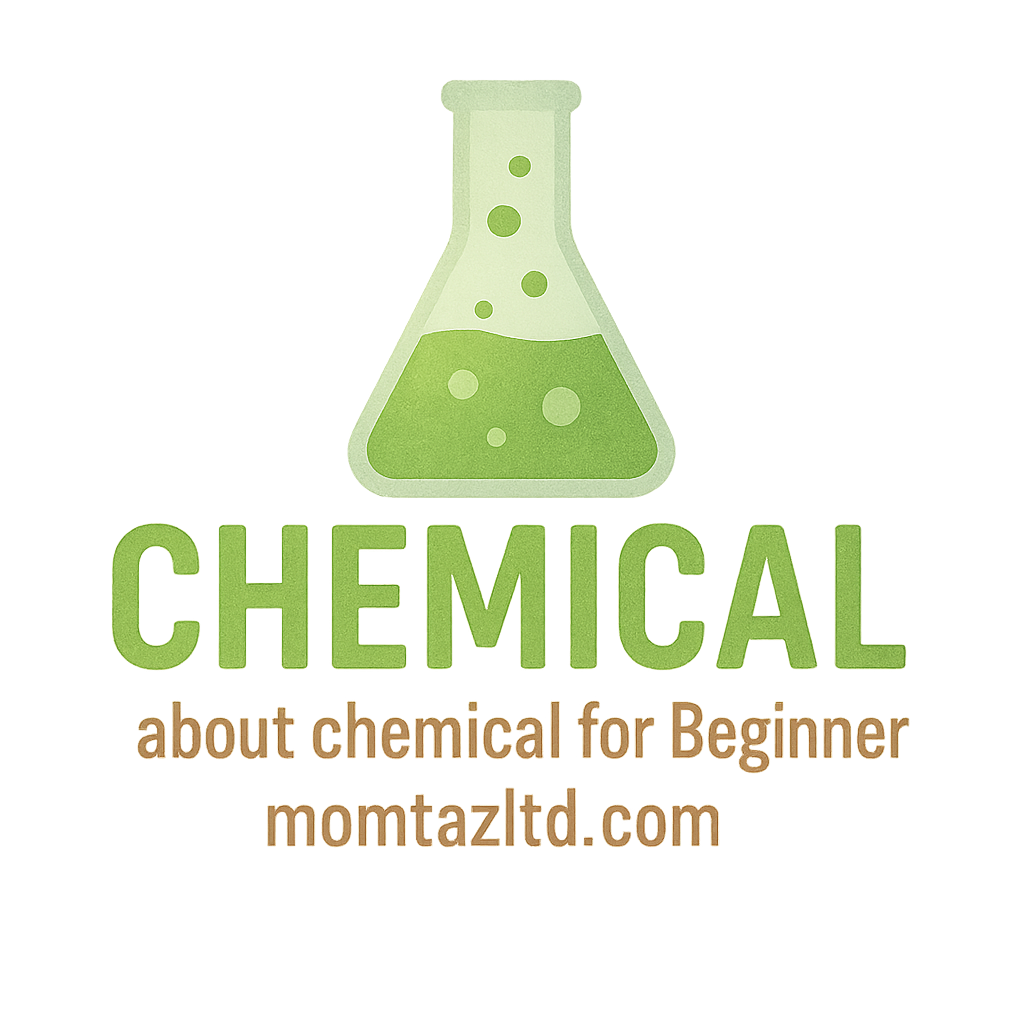Introduction: Why Chemistry Rocks for Science Fairs
Science fairs are the perfect playground for young scientists. If you’ve ever mixed baking soda with vinegar and watched it fizz over, you know how magical chemistry can feel. What’s even better? You don’t need to be a professional chemist to create experiments that wow the crowd. With some simple household chemicals and safe practices, beginners can dive into the exciting world of chemical reactions, colors, and transformations.
In this article, we’ll explore 8 science fair ideas with chemical for beginner projects that are easy to set up, fun to perform, and educational enough to impress judges. Let’s get started!
Getting Started with Chemical Science Fair Projects
Safety First: Handling Chemicals with Care
Before mixing anything, remember—chemistry is fun, but safety comes first. Always wear gloves, goggles, and work in a well-ventilated area. If you’re working with stronger substances, keep an adult nearby. You can learn more about safe practices in chemical safety.
Choosing Beginner-Friendly Chemicals
Good news: most beginner experiments use household items like baking soda, vinegar, food coloring, dish soap, and lemon juice. For more insights, check out household chemicals.
Gathering Basic Lab Tools and Materials
You don’t need a fancy lab. A few cups, spoons, droppers, and jars are usually enough. If you want to step it up, peek into laboratory chemicals and tools for inspiration.
Idea 1: The Classic Volcano Eruption Experiment
How It Works: The Science Behind the Reaction
This classic never goes out of style. The “lava” is simply carbon dioxide gas being released when baking soda (a base) reacts with vinegar (an acid).
Materials and Step-by-Step Guide
- Baking soda
- Vinegar
- Food coloring
- A small bottle or container
Steps: Fill the bottle with baking soda, add food coloring for effect, and pour in vinegar. Boom—an eruption!
Variations to Make It More Exciting
Try using dish soap for foamy lava or experiment with different acids like lemon juice. You can explore more reaction ideas under chemical reaction.
Idea 2: Rainbow Milk Chemistry
The Science Behind Surface Tension
When dish soap touches milk with food coloring, it breaks the surface tension, making colors swirl like magic.
Easy Steps to Try at Home or School
- Pour milk in a shallow plate.
- Add drops of food coloring.
- Dip a cotton swab in dish soap and touch the milk.
Adding Creativity for Extra Wow Factor
Record the reaction and play it in slow motion during your presentation—it looks like a moving rainbow!
Idea 3: Invisible Ink with Lemon Juice
Why It Works: Oxidation in Action
Lemon juice oxidizes and turns brown when heated, revealing hidden writing.
Materials and Instructions
- Lemon juice
- Cotton swab
- White paper
- A light bulb or iron for heat
Dip the swab in juice, write your secret message, and reveal it with heat.
Fun Ways to Present This Experiment
Use it to pass “secret messages” at the science fair. You can tie this into beginner chemistry.
Idea 4: Homemade Rock Candy Crystals
Understanding Crystallization Process
This tasty project shows how crystals grow from a supersaturated sugar solution.
Step-by-Step Experiment Guide
- Boil water and dissolve sugar until saturated.
- Dip a stick in sugar water, let it dry, then place it in the solution.
- Crystals will grow over several days.
Tips to Speed Up Crystal Growth
Try different colors or flavors. This connects nicely with lab experiments.

Idea 5: Baking Soda and Vinegar Balloon Inflation
Gas Formation Explained
When baking soda meets vinegar, carbon dioxide gas forms, inflating the balloon.
How to Set It Up
- Place vinegar in a bottle.
- Funnel baking soda into a balloon.
- Attach balloon to bottle neck and let the reaction inflate it.
Making It a Science Fair Display
Measure which amount of baking soda inflates the balloon the most for a more scientific approach.
Idea 6: Red Cabbage as a Natural pH Indicator
Why Cabbage Changes Color
Red cabbage contains anthocyanins, which react to acids and bases by changing color.
Testing Household Substances
Test lemon juice, baking soda, soap, and vinegar. Watch the colors shift from red to green to purple.
Presenting Your Results at the Fair
Create a colorful chart showing which household substances are acidic or basic. Explore more in learn chemical.
Idea 7: Density Tower with Household Liquids
The Science of Density Differences
Liquids with different densities don’t mix easily. By layering them, you can build a “liquid rainbow.”
Step-by-Step Layering Guide
- Use honey, dish soap, water, oil, and rubbing alcohol.
- Slowly pour each liquid into a clear glass.
Adding Small Objects for Extra Learning
Drop small items (like beads or buttons) to see where they float or sink. This ties into chemical basics.
Idea 8: Slime Chemistry – Fun with Polymers
The Science of Polymers
Slime forms when glue (a polymer) reacts with borax or contact solution.
Safe Materials for Making Slime
For a kid-friendly version, use baking soda and contact lens solution instead of borax.
Display Ideas for Science Fairs
Provide samples for others to touch (with gloves). This can lead to discussions about chemical scientists.
Extra Tips for Beginner Chemists
How to Document Your Experiment
Take photos and notes. Show your setup, process, and results.
Writing a Clear Hypothesis and Conclusion
State what you expect to happen and compare it to what really happened. This shows scientific thinking.
Making Your Presentation Stand Out
Use colorful charts, display boards, and videos of reactions in action. Judges love clear, engaging visuals.
Learning More About Chemistry Beyond the Fair
Household Chemicals and Daily Life
Everyday cleaning, cooking, and even breathing involve chemistry. Read more about household chemicals.
Exploring Laboratory Chemicals Safely
If you’re curious to go deeper, check out laboratory chemicals.
Inspiring Future Chemical Careers
A simple science fair experiment could spark interest in chemical careers. Who knows? You could be one of the next chemical scientists.
Conclusion: Turning Curiosity into Chemistry Confidence
Chemistry is more than just mixing substances—it’s about asking questions, testing ideas, and discovering how the world works. These 8 science fair ideas with chemical for beginner prove that anyone can explore science with just a few safe materials and a lot of curiosity. Whether it’s inflating balloons with baking soda and vinegar, creating a rainbow milk masterpiece, or growing crystals in your kitchen, each project helps you understand science while having fun.
So next time you’re looking for a science fair project, remember: the best experiments are the ones that make you say, “Wow, that’s awesome!”
FAQs
1. What’s the easiest beginner chemical experiment for a science fair?
The baking soda and vinegar volcano is the simplest and most fun for beginners.
2. Are these science fair projects safe for kids?
Yes, as long as you follow chemical safety guidelines and have adult supervision.
3. How long does it take to grow rock candy crystals?
It usually takes about 5–7 days, but warmer environments may speed it up.
4. Can I use these experiments at home or just in school?
They’re perfect for both! Just make sure you protect your work area and clean up afterward.
5. Why does red cabbage work as a pH indicator?
It contains natural pigments that react to acidic and basic solutions, changing colors.
6. Which experiment impresses science fair judges the most?
The density tower and cabbage pH indicator often stand out because they’re colorful and educational.
7. Where can I learn more about chemistry basics?
You can explore chemical basics and other helpful guides on MOMTAZ LTD.


